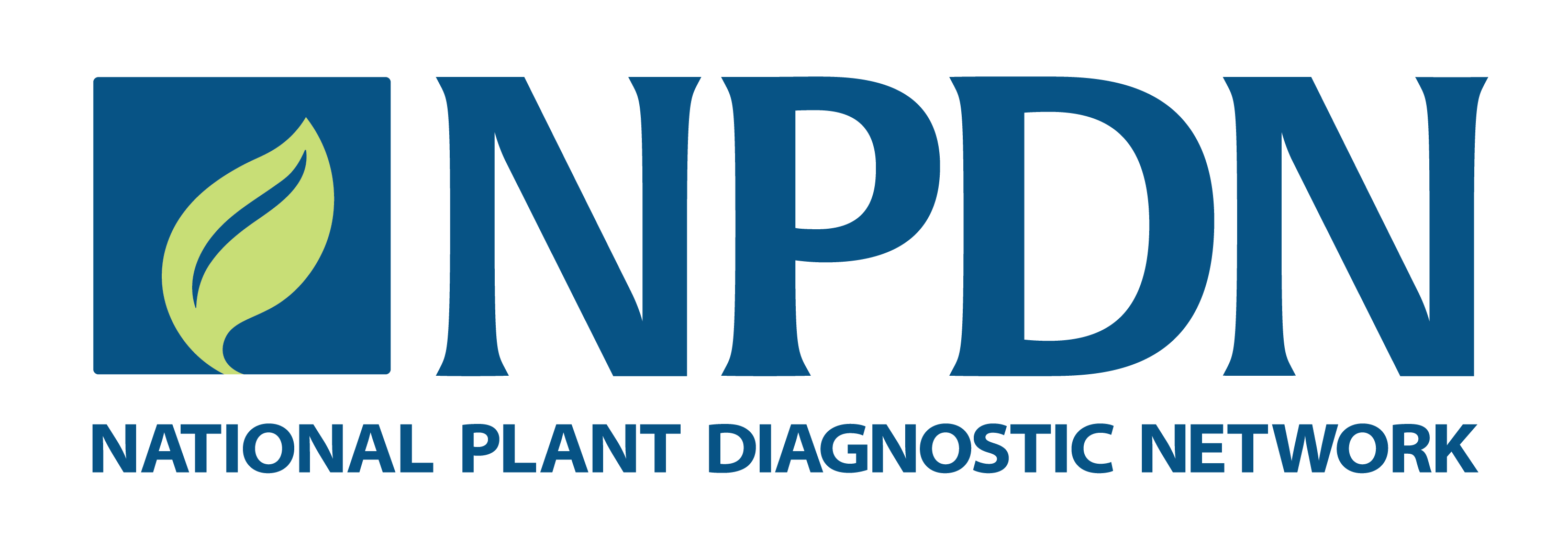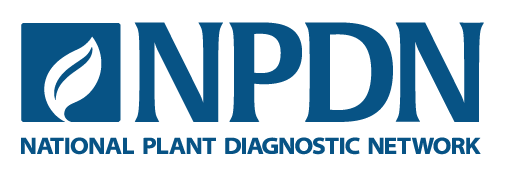Alicyn Smart – Executive Director, NPDN
The Communicator: Volume 6, Issue 6, June 2025
Many of us read and value Plant Disease Notes and, like me and other NPDN members, may have even served as reviewers and assigning editors. If you haven’t, I suggest you read the message below from the new editor-in-chief of Plant Disease Notes, Dr. Ken Obasa (SPDN). Changes to the process have made these responsibilities more efficient and rewarding. If you have any questions, let me or Ken know.
A message from Ken Obasa
As you know, Plant Disease Notes, published in the APS journal Plant Disease, are “short research papers intended to encourage early reporting of significant outbreaks or significant changes in geographic location of diseases, new hosts, or new physiological races of pathogens”. Plant Disease Notes also therefore follow different guidelines from other types of Plant Disease articles – Guidelines for Authors of Plant Disease Notes.
In a recent meeting with a few senior members of the editorial board, there was a consensus that the nature of the publications in Plant Disease Notes fits within the expertise of the NPDN. As such, the possibility of greater participation among the ranking members of NPDN, some of whom already serve in various capacities on the board of Plant Disease Notes, is desirable. The various areas of NPDN member expertise, including diagnostics, Koch’s postulates, tree pathology, nematology, virology, bacteriology, mycology, and others, are well-suited and desirable for individuals serving on the editorial board of Plant Disease Notes. It is also our belief that the participation of such members will benefit NPDN more broadly through having a front-row seat in the awareness of first reports of new instances of diseases in crops/plants and geographical locations.
Furthermore, Plant Disease Notes just implemented a change to the review process in response to the widespread challenge faced by several journals in finding enough qualified experts willing to volunteer to review manuscript submissions for consideration for publication. Specifically, the revised process allows senior editors to directly review a submission and make a decision on the suitability and merit of a manuscript under consideration for publication in Plant Disease Notes, in accordance with the guidelines of the journal. However, in cases where a reviewer would like a submission to be further peer-reviewed, additional expertise can be invited to review the submission, as currently done, and a decision taken subsequently on the merits, or otherwise, of the manuscript. Plant Disease Notes are usually one page or less in length. Members who choose to join the board will be able to specify a broad area of expertise, for instance, general pathology of horticultural plants, tree pathology, fungal diseases of field crops, bacterial diseases of field crops/ornamentals, nematode diseases of field crops, etc. This in turn would allow for a tailored experience and participation by each member. Also, the higher the number of participating members, the fewer the number of manuscripts for which reviews will be solicited of each member in a given year.
As the new editor-in-chief of Plant Disease Notes, and a fellow member of NPDN, I would like to use this opportunity to invite ranking members to serve as senior editors of Plant Disease Notes. It is my hope that NPDN can play a greater role in Plant Disease Notes in service to the field of plant pathology through APS. To those for whom this step would be a first, I encourage you to consider making it your first. While it requires a sacrifice of time and effort, it’s also rewarding professionally. Besides, services such as this are what makes APS, and its scientific publications, the global premier that it is. Again, I encourage you to kindly consider serving as a senior editor for Plant Disease Notes. If you have any question, need further information or clarifications, you can reach out to me directly. If considering or interested, please use this link to indicate your interest.
We look forward to serving side by side with you.
Thank you for your time and service to the field of plant pathology.
Ken Obasa

